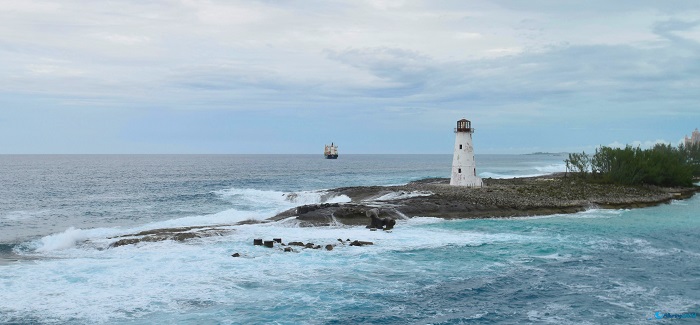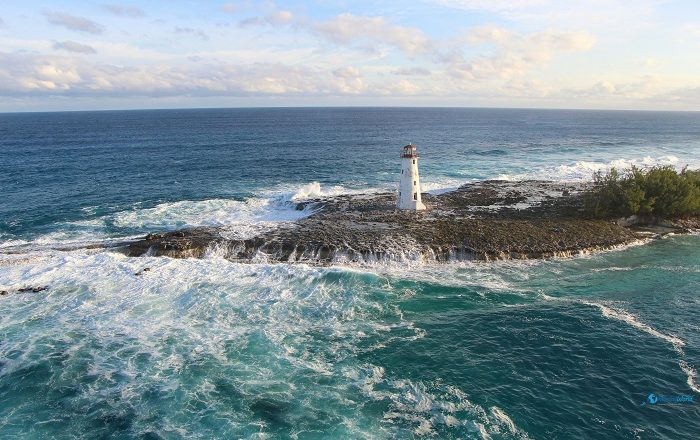Paradise Island Lighthouse, also referred to as Nassau Harbour Lighthouse, is a historic lighthouse that is located at the western tip of Paradise Island, to the north of the main island of New Providence Island, where the capital city of the Commonwealth of The Bahamas is located. This historic lighthouse is the oldest surviving lighthouse in the country and a significant maritime landmark as it stands at the entrance to Nassau Harbor, guiding ships safely into port for over two centuries and marking an essential piece of the Bahamas’ seafaring past. Its picturesque setting against the turquoise waters of the Atlantic Ocean remains a symbol of the island’s rich heritage and a fascinating sight for visitors exploring the area.
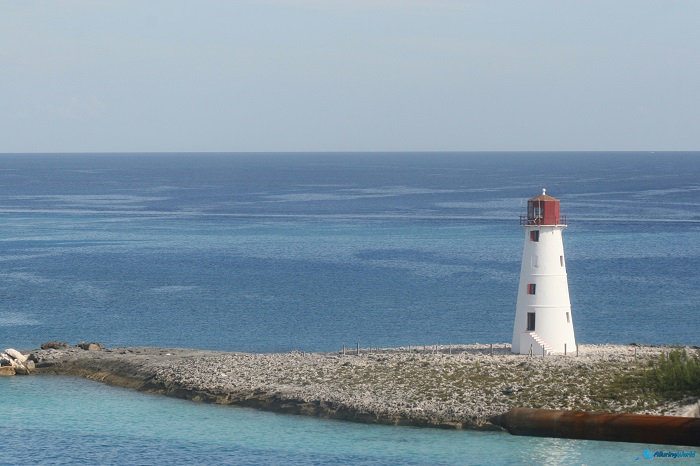
Construction of the lighthouse commenced in 1817 when the Bahamas was a British colonial possession, and due to the increase in maritime trade, the need for a reliable aid to navigation became apparent, so the British decided to construct a lighthouse in this strategic location. Before its establishment, ship captains depended on natural reference points and simple navigational skills, often causing hazardous meetings with the coral reefs that envelop the islands the perfect solution was needed in the form of a lighthouse as it was badly needed by guaranteeing safe passage to ships approaching the crowded harbor of Nassau.
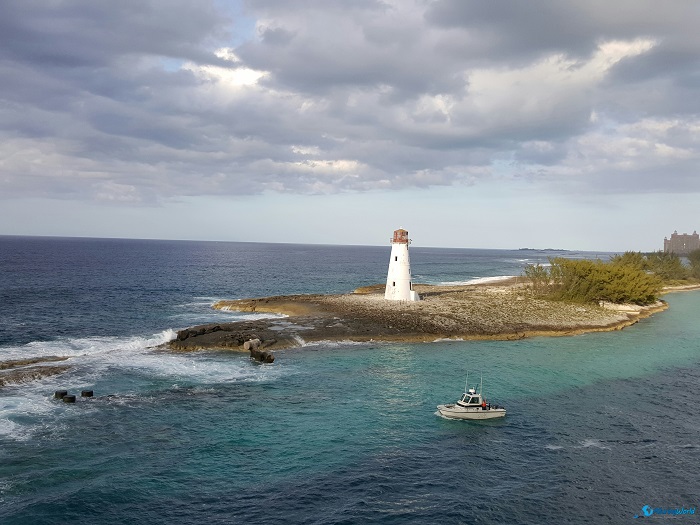
Built under the oversight of the Imperial Lighthouse Service, the structure was designed to withstand the harsh coastal conditions while effectively carrying out its purpose. The main construction material was coral limestone, which was locally sourced and durable, and it gave the lighthouse its resilience against erosion and storm damage. The cylindrical tower which is a signature of 19th-century lighthouses was constructed to position the light source high above the water so that it would be visible from a distance.
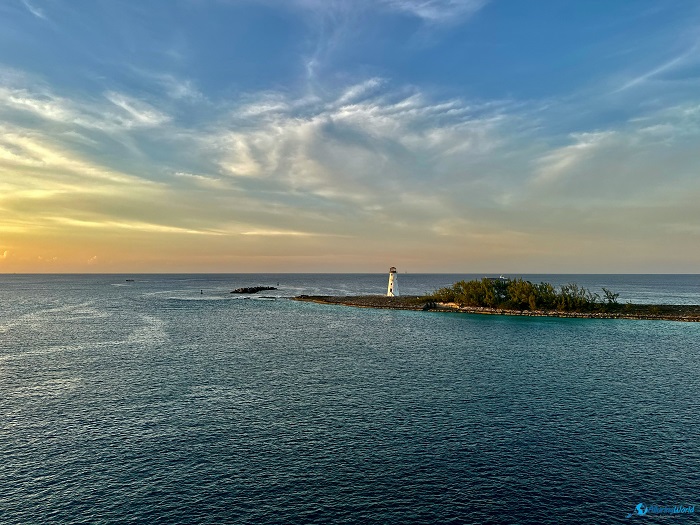
A firm foundation was created to anchor the structure against fierce ocean winds, and an elaborate system of lenses and oil lamps was installed to project a guiding light out to sea. Still, technology improvements over the years brought about upgrades, with oil being replaced by kerosene lamps, and later an electric light system was added to aid visibility.
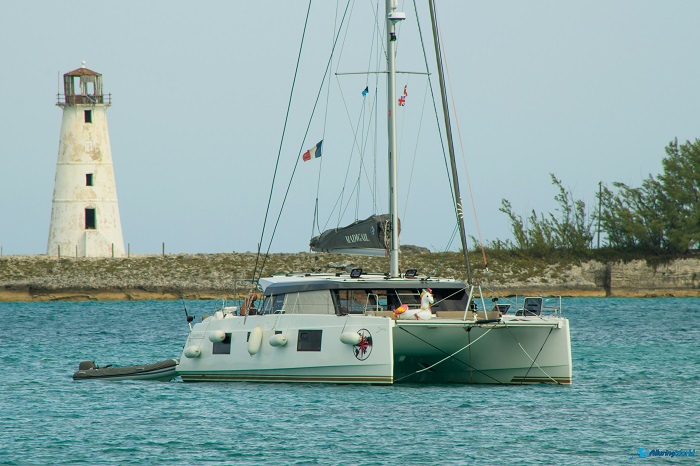
The exterior though is characterized by its distinct appearance, typically featuring a white structure with red topping, making it easily recognizable against the backdrop of the Bahamian sky, and as the masonry tower is topped with a lantern and gallery, the details regarding the precise number of floors within the tower can vary in descriptions, but it is a tall, single tower structure. Nowadays, the lantern at the top houses the light mechanism, featured in a red dome that could be easily distinguishable.
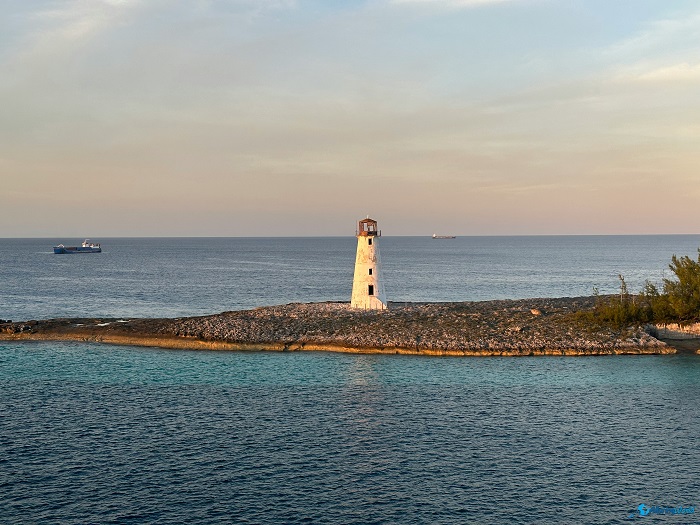
Throughout most of its operational years, the lighthouse was an important navigational aid for ships since it was located at one of the principal accesses to Nassau, and it made it possible for vessels to navigate safely into the harbor, avoiding deadly reefs and shallow waters. In the 19th and early 20th centuries, the Bahamas was an important port of call for trading ships and passenger vessels plying between the Caribbean Sea and North America, and the lighthouse also played the role of not just facilitating trade but ensuring the overall security of the harbor in Nassau, reducing the chances of shipwreck and maritime accidents.

Though its function as a navigation aid has been diminished by the development of contemporary GPS technology and automated beacons, the lighthouse nowadays remains important as a historical landmark. It is an emblem of the island’s sea history as it attracts tourists who value both the scenery and history of the landmark, and while the tower itself is not officially open for public tour usage, it is visible from various points along the beach and by boat tours around Paradise Island. Many tourists ride in on a ferry or charter boat to look up at it from closer distances, with birds-eye panoramas over the seascape surrounding it.
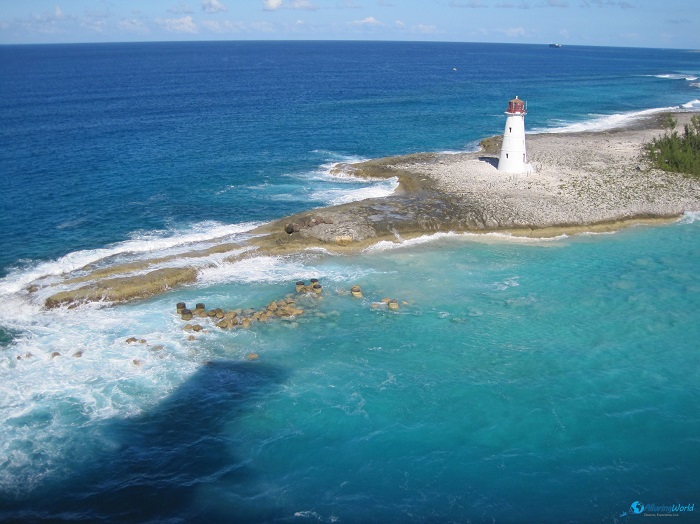
The best time to visit the site and view the lighthouse is in the dry season, between November and April, when the weather is optimal for boat tours and other outdoor pursuits, the sea is somewhat calm, and as the serene, clear waters that surround Paradise Island provide ideal conditions for sightseeing, the lighthouse with its striking white face is observed to stand out beautifully against the blue horizon. For those staying on Paradise Island or in Nassau, a casual stroll along the island’s western beaches offers distant views of the lighthouse, especially at sunset when the structure is bathed in golden light.
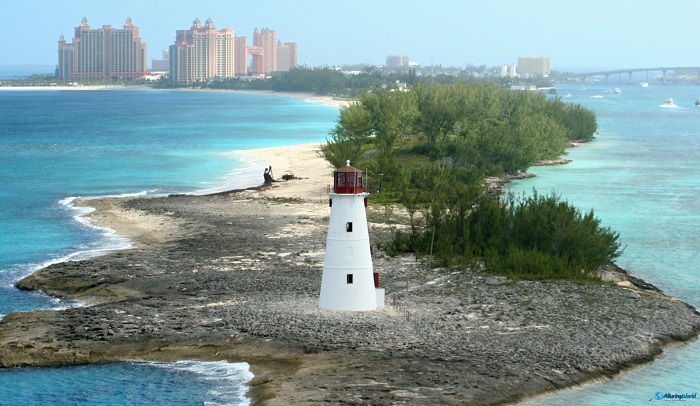
Aside from its beauty, the lighthouse also holds cultural and historical significance to the Bahamas because it represents an era when shipping was the economy’s centerpiece of the nation, and safe navigation was a commerce and survival issue. Its presence today is a reminder of the island’s past, connecting modern-day travelers with the histories of sailors, traders, and adventurers who relied on its light in the past.
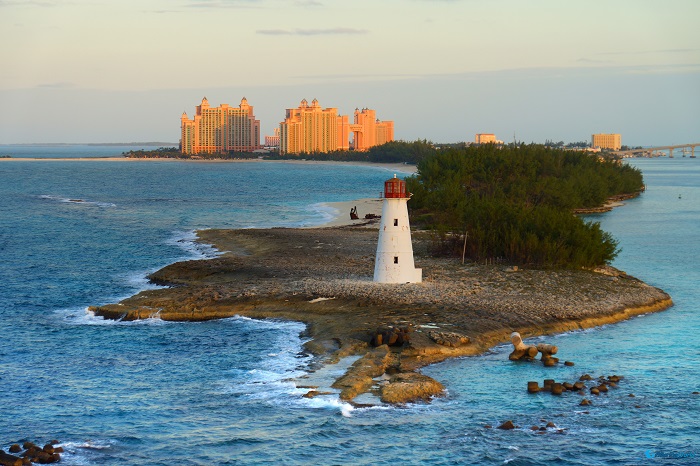
While efforts persist to preserve historical locations all over the Bahamas, the lighthouse remains a prized landmark, outlining the island’s character and seafaring heritage.
In conclusion, the Paradise Island Lighthouse simply offers a glimpse into the history and beauty of the Bahamas, and even though its guiding light is no longer as essential as it once was, its presence continues to captivate those who visit, standing as a silent guardian over the waters it once illuminated.
